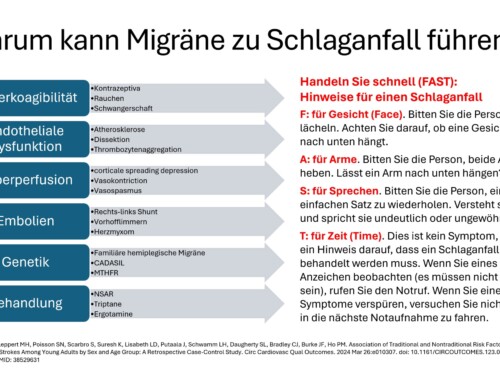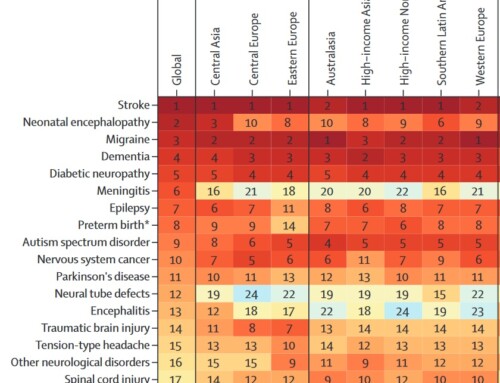New findings contradict existing treatment recommendations
Acetaminophen is ineffective in treating back pain. According to a recent study in the British Medical Journal, the effectiveness of paracetamol in joint pain is negligible and not clinically significant ( BMJ 2015;350:h1225).
Back pain is one of the most common causes of disability worldwide. They are caused by pain in the neck area, shoulder and neck area and back pain.
Previous guidelines recommend paracetamol for both back pain and joint pain. However, the evidence for the effectiveness of paracetamol was weak and contradictory. In addition, there are safety concerns with daily doses up to 4000 mg per day.
The authors, led by Gustavo Machado, University of Sydney, conducted a systematic meta-analysis. They reviewed existing studies on the effectiveness and safety of paracetamol for back pain and degenerative joint pain in the hip and knee areas.
The study included 13 randomized controlled trials. The prerequisite for inclusion in the analysis was that the studies compared the effectiveness of paracetamol with that of placebo. 10 studies included 3,541 patients that examined the effectiveness of paracetamol for joint pain and 3 studies included 1,825 patients that analyzed the effectiveness of paracetamol for low back pain.
The effectiveness of paracetamol on pain relief, disability improvement and quality of life were analyzed.
The study showed that paracetamol is not effective for back pain. It does not reduce disability from pain or improve quality of life compared to placebo. For osteoarthritis pain, the studies show a small but clinically insignificant improvement in the reduction of pain and disability compared to placebo.
However, paracetamol showed a higher risk of liver function disorders. The corresponding liver values rise four times higher compared to placebo.
The study examined paracetamol and placebo in use for a maximum of six months. Therefore, further analyzes need to be carried out over longer periods of time.
Nonetheless, the authors conclude that “the results require a reassessment of therapeutic recommendations regarding the use of paracetamol for patients with back pain and degenerative joint pain.”
In an accompanying editorial, Christian Mallen and Elaine Hay from Keele University write that the study reignites the debate about the effectiveness and safety of paracetamol.
They explain that if paracetamol is removed from the existing guidelines, other active ingredients could be used as an alternative and new health problems could arise. They therefore call for non-drug therapy methods to be used for treatment instead of just using medication. These include physical activation, sports therapy, psychological therapy procedures as well as information and behavioral measures, which have numerous benefits in the treatment of back pain and degenerative joint pain.
Hartmut Göbel, Kiel Pain Clinic, calls on the current findings: “Especially in the case of back pain, which often has a variety of causes, the combined knowledge of several experts can make a decisive contribution to alleviating pain and improving the quality of life of patients. In addition to pain therapists, physiotherapists and behavioral therapists are also involved in the treatment of patients. Because usually z. For example, damaged vertebrae or intervertebral discs are not solely to blame for a back problem. Poor posture, muscle stress, pressure to perform or lack of exercise can also cause back pain and sustain it over the long term.”
Patients should consult their doctor before changing acetaminophen in the treatment of pain. According to the new study, paracetamol is not an effective treatment for pain relief from back and joint pain. There are numerous active ingredients for back pain, including so-called non-steroidal anti-inflammatory agents and opioids. These can provide better pain relief. However, a number of side effects must also be taken into account.
Gustavo Machado, one of the authors of the research project, argues: “Paracetamol is the most commonly used drug in self-medication for musculoskeletal pain. It is therefore crucial that the current study situation is checked for new findings. Our research results show that paracetamol for back pain and degenerative joint pain, in addition to the negligible or no effect, is associated with an increased risk of liver toxicity in treated patients.”
Sources:
- Efficacy and safety of paracetamol for spinal pain and osteoarthritis: systematic review and meta-analysis of randomized placebo controlled trials. BMJ 2015; 350 doi: http://dx.doi.org/10.1136/bmj.h1225 (Published 31 March 2015) Cite this as: BMJ 2015;350:h1225
- Mallen C, et al: BMJ 2015;350:h1352
- BBC News: Paracetamol 'no good for back pain'
- Sydney Morning Herald: The drugs don't work – medication for back pain is no better than placebo










Leave a comment